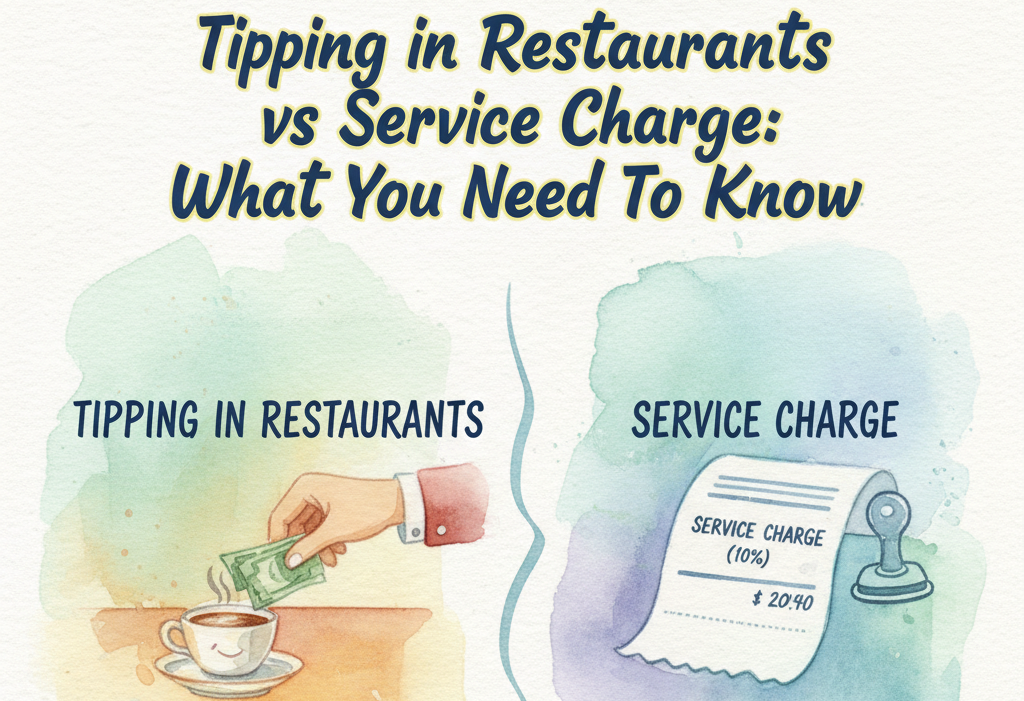Inventory management is one of the most important aspects of running a successful business. When the inventory of products or materials exceeds the demand, it can lead to a number of problems. Too much inventory can tie up valuable resources, leading to increased costs, decreased cash flow, and decreased customer satisfaction. Fortunately, there are a number of strategies that business owners can employ to manage excess inventory more efficiently. In this post, we’ll discuss 8 ways to manage excess inventory more efficiently.
#1: Analyse Inventory Data
Analysing inventory data is the first step to more efficiently managing excess inventory. This data can be used to identify patterns in past orders and sales, allowing businesses to anticipate future orders and better manage their stock levels. By taking a deep dive into the data, businesses can identify what products are being purchased the most, when, and from which locations. This information can then be used to inform decisions on which products to order more of, and when. Additionally, inventory data can be used to inform decisions on pricing, promotions, and stock levels. By taking the time to analyse inventory data, businesses can reduce the amount of excess inventory they have on hand. This can help to save money and cut down on wasted resources. Additionally, having the right amount of inventory on hand ensures that customers can get the products they need when they need them. By taking the time to analyse inventory data, businesses can ensure they are stocking the right products, at the right time, in the right quantities.
#2: Utilise Automation
By automating inventory management, businesses can ensure that their inventory is always up-to-date and accurate in real-time. This eliminates the need for manual checks, which can be time-consuming and prone to error. Automating inventory management also helps businesses keep track of all the moving parts in the supply chain, such as stock levels, orders, purchasing, and more. Automation can help to reduce costs associated with excess inventory, too, as it eliminates the need for manual labour and can help to reduce inventory write-offs. Automation can also help to improve customer service by giving customers real-time updates on stock availability and order statuses. Finally, businesses can use automation to generate personalised alerts if inventory levels drop to a certain threshold, so that they can quickly address the situation.
#3: Implement Just-in-Time Inventory
This system works by having suppliers deliver inventory only when it’s needed instead of stocking up on inventory in advance. This reduces the amount of storage space needed and helps to keep inventory costs low. In order to implement just-in-time inventory, companies need to have strong communication with their suppliers. This will help to ensure that inventory arrives on time and in the right quantities. Companies should also have a system in place to track inventory levels and orders, so that they can be sure to place orders just in time. Finally, companies should ensure that they have enough safety stock in case of unexpected delays or increased demand. By implementing just-in-time inventory, companies can reduce costs associated with storing excess inventory and ensure that they have the inventory they need when they need it. This can help to increase efficiency and maximise profits.
#4: Utilise Cross-Docking
Cross-docking involves taking an incoming shipment of goods and shipping them out in the same shipment, without ever having to unload and store the items. This can be a great way to reduce the amount of time that a company spends dealing with excess inventory, as well as the amount of money they would have to spend on storage.
Cross-docking can help companies to cut down on labour costs, as they will no longer need to hire additional staff to unload, store, and ship excess inventory. Additionally, it can help to speed up the delivery process, as goods will no longer have to be stored and unloaded before they are shipped out. This can help to ensure that customers receive their products quickly and efficiently. Finally, cross-docking can help to reduce the amount of warehouse space that a company needs to store their excess inventory, freeing up more space for other uses.
#5: Utilise Vendor-Managed Inventory
Vendor-managed inventory (VMI) is a great way to keep track of excess inventory and manage it more efficiently. By having vendors manage their own inventory, it eliminates the need for a third party and streamlines the whole process. VMI allows vendors to take control of their own inventory and stock levels, which can help reduce costs and save time. With VMI, vendors can also adjust their own inventory levels in response to changing market conditions or customer demands, allowing them to better manage their inventory and stay ahead of the competition.
VMI also helps to increase visibility of inventory levels, allowing vendors to quickly identify any discrepancies and take corrective action. This can help ensure that inventory is not overstocked and that customers are not left without the products they need. Finally, VMI can help reduce lead times, as vendors can make sure their inventory is in stock and ready to be shipped at all times. By utilising VMI, companies can more effectively manage their excess inventory and ensure that they are always able to meet customer demands.
#6: Utilise Consignment Inventory
With consignment inventory, businesses don’t have to pay for the inventory until it is sold. This eliminates the risk of being stuck with excess inventory that cannot be sold. Additionally, consignment inventory allows businesses to expand their product offerings without having to increase their own inventory costs. This can give businesses a competitive edge in the marketplace.
When using consignment inventory, businesses should make sure to create a contract that outlines the terms of the consignment agreement. This should include details such as the length of the agreement, the quantity of inventory to be held on consignment, and the cost of the inventory. Additionally, businesses should have a process in place to monitor the inventory and ensure that it is being sold in a timely manner. By having these processes in place, businesses can ensure that they are managing their consignment inventory efficiently.
#7: Utilise Pool Distribution
With pool distribution, businesses can share excess inventory among multiple locations, reducing the amount of inventory needed to be stored in each location. This not only reduces the storage costs, but also makes it easier to track inventory and manage inventory levels. Additionally, pool distribution can help businesses save on shipping costs since products can be shipped from multiple locations, reducing the cost of transportation.
Using pool distribution can also help reduce the amount of time it takes to fulfil orders. By having multiple locations, businesses can reduce their delivery times, as they can ship out orders from the closest location with the inventory. This can be especially beneficial for businesses as it can help them meet customer expectations and improve customer satisfaction. Furthermore, pool distribution can help reduce the amount of time it takes to manage inventory as inventory can be monitored and tracked in real-time from multiple locations.
#8: Utilise Safety Stock
Safety stock is a buffer of inventory that businesses keep on-hand to ensure they can meet customer demands, even when product availability is low. It is used to prevent stock outs and ensure that customers are not disappointed in the level of service they receive. Safety stock is especially useful in the event of unexpected demand or supply chain disruptions. Having the right amount of safety stock is essential for efficient inventory management. Too little safety stock and you risk stock outs, too much and you are wasting resources. To determine the right amount of safety stock, calculate the forecasted demand and the service level you want to provide. Once you have a figure, you can adjust the safety stock levels as necessary.
Safety stock is an important tool for managing excess inventory efficiently. By ensuring you have enough safety stock to meet customer demands, you can prevent stock outs and maintain a high level of service. Utilising safety stock is a great way to manage excess inventory and keep customers satisfied.
Conclusion
In conclusion, managing excess inventory can be a difficult task, but with the right strategies and tools, it can be done more efficiently. By utilising the strategies outlined in this blog, such as maintaining accurate records, optimising inventory levels, and utilising inventory tracking apps, businesses can increase their efficiency and reduce the strain on their employees. Additionally, by working with a third-party logistics provider, businesses can save time and money while managing their inventory more effectively. By utilising these strategies and tools, businesses can take control of their excess inventory and ensure that they are in compliance with all necessary regulations.




